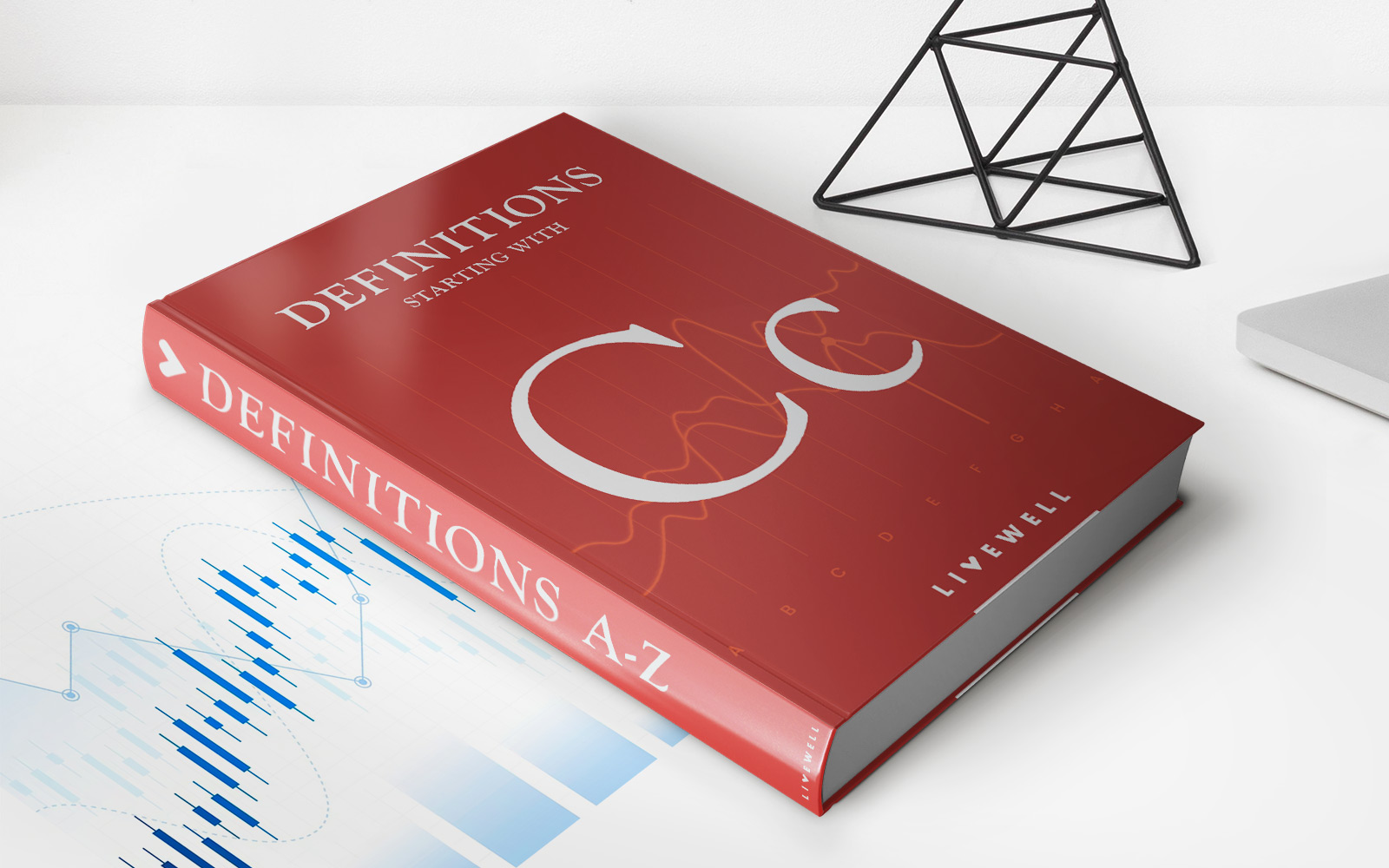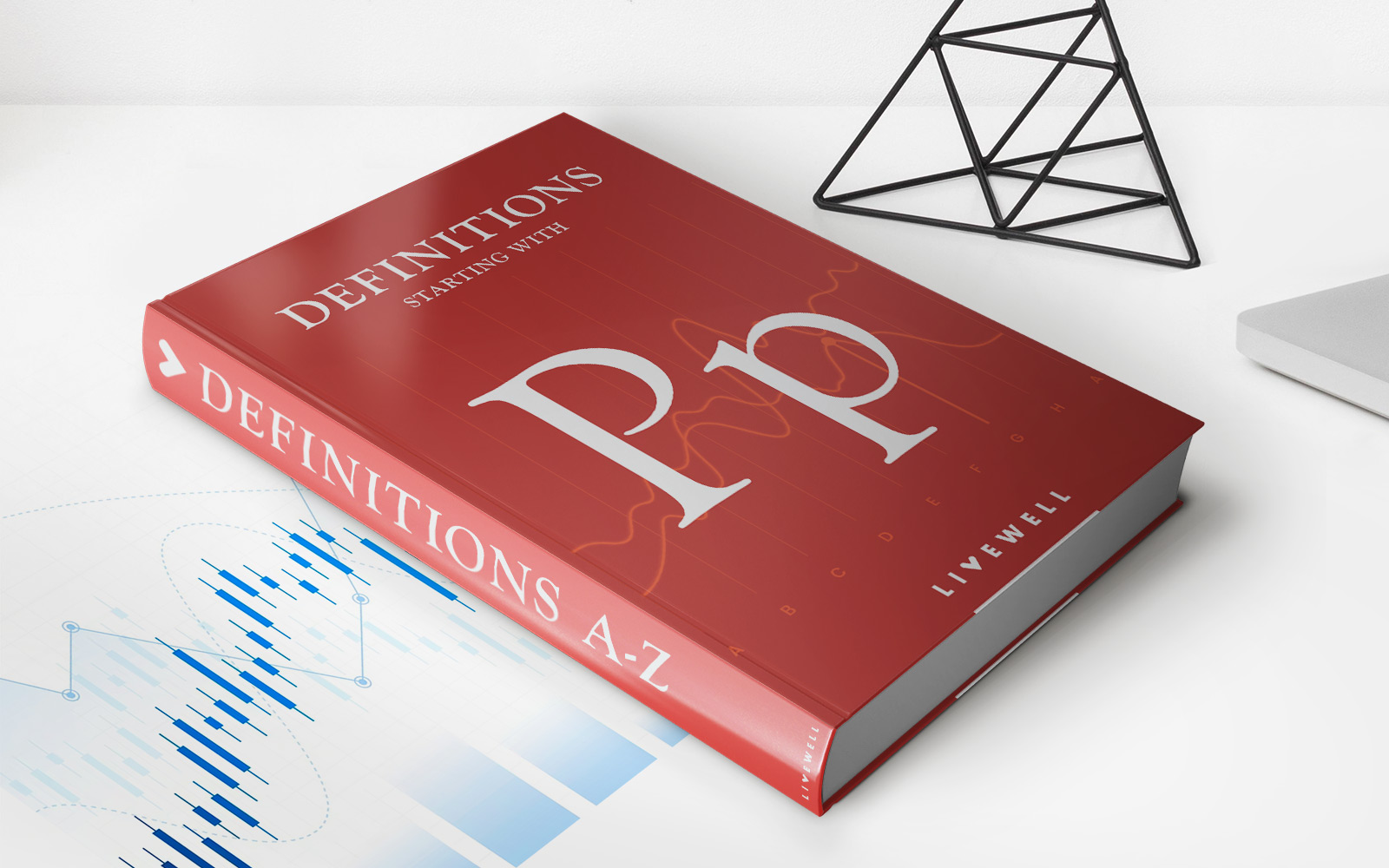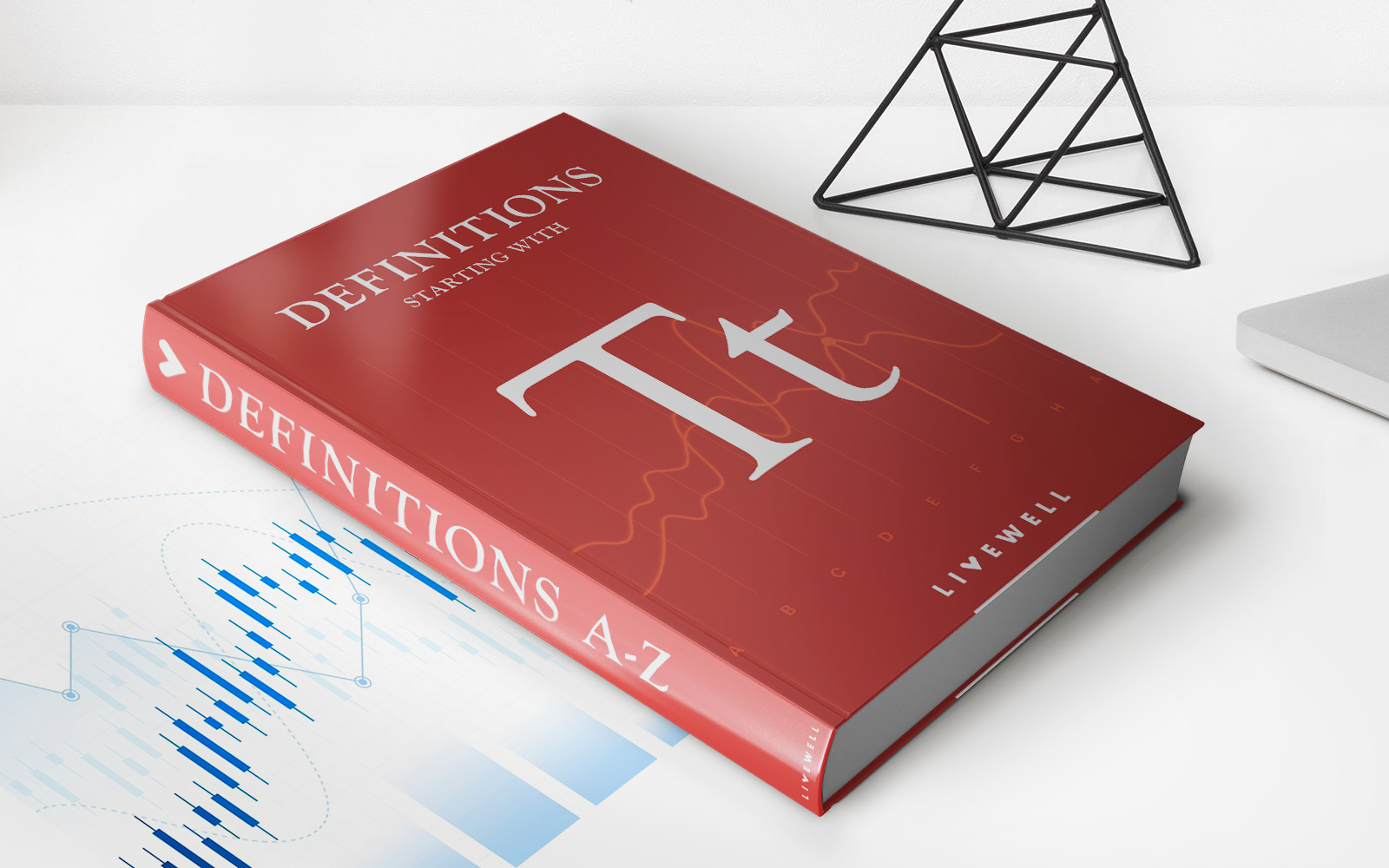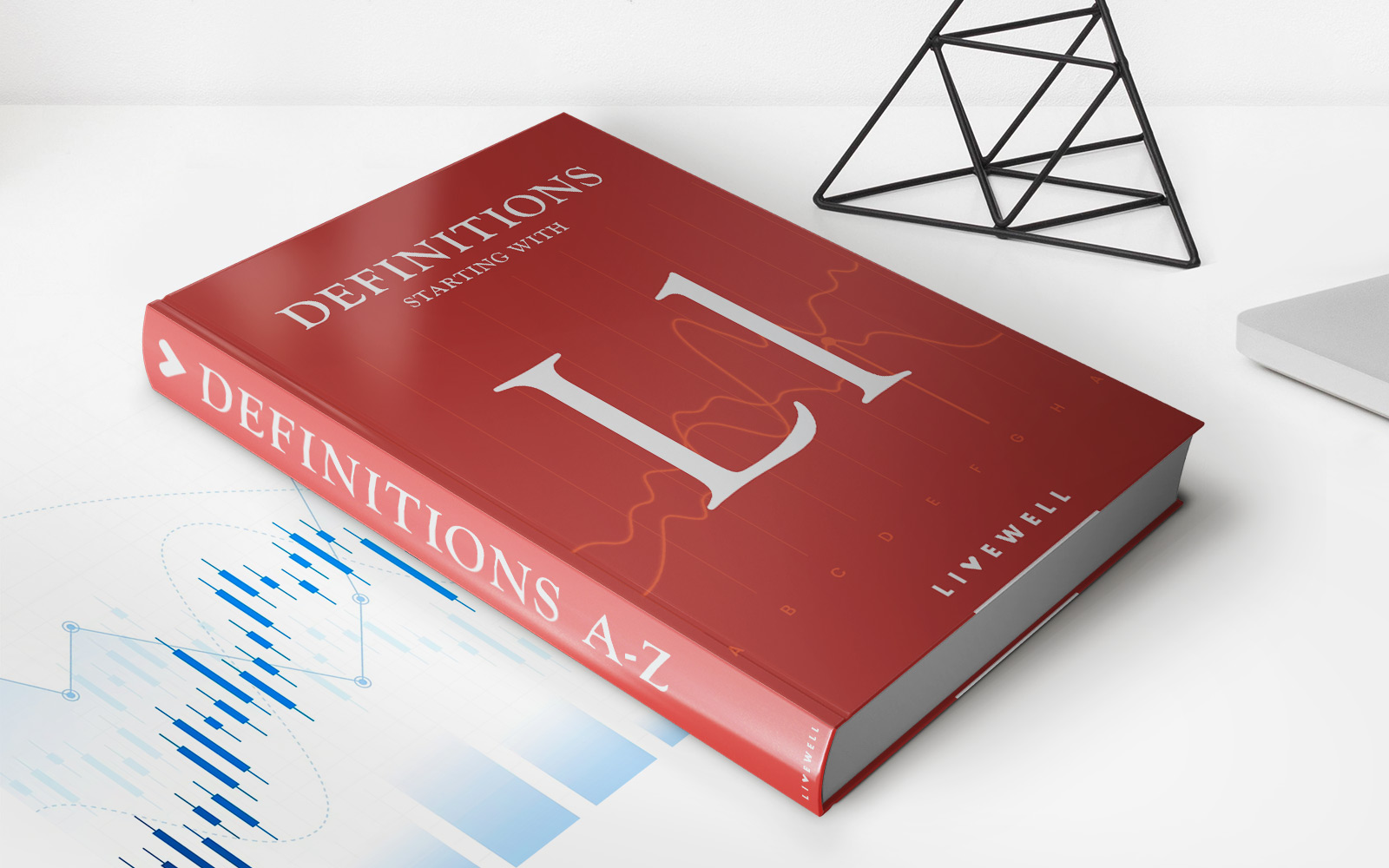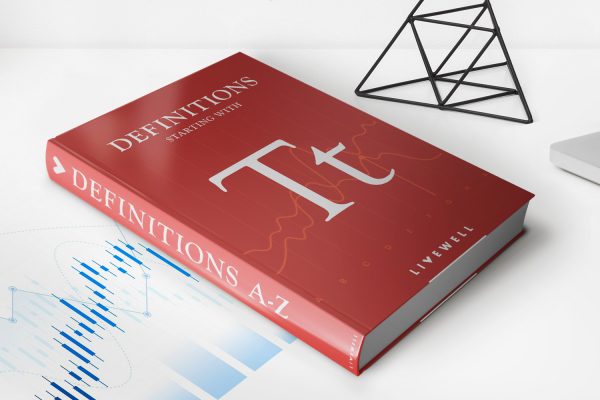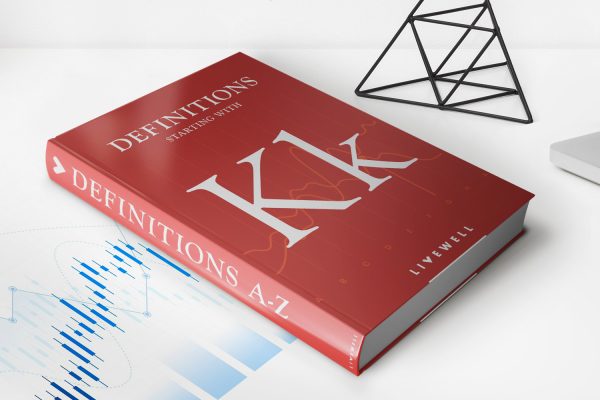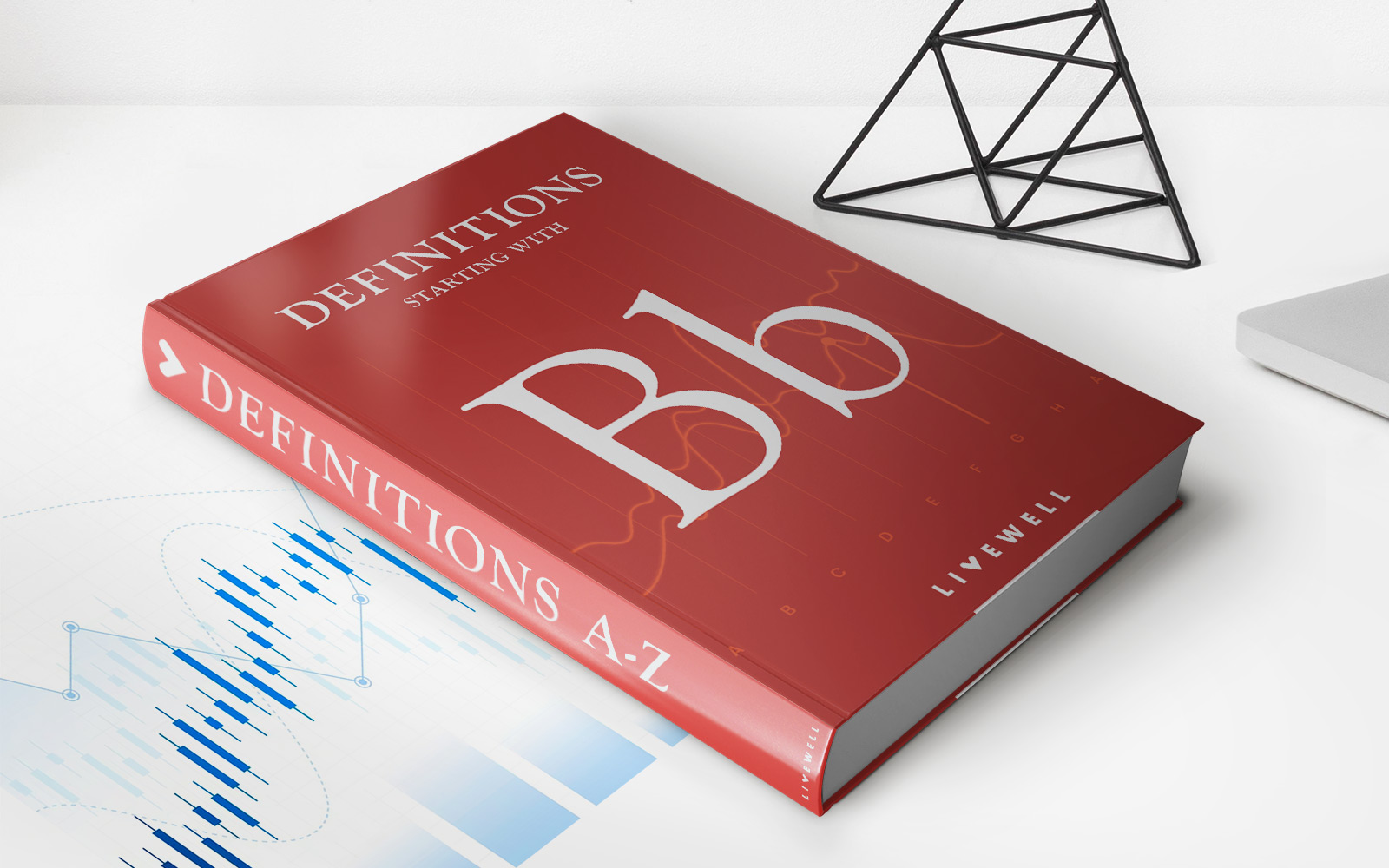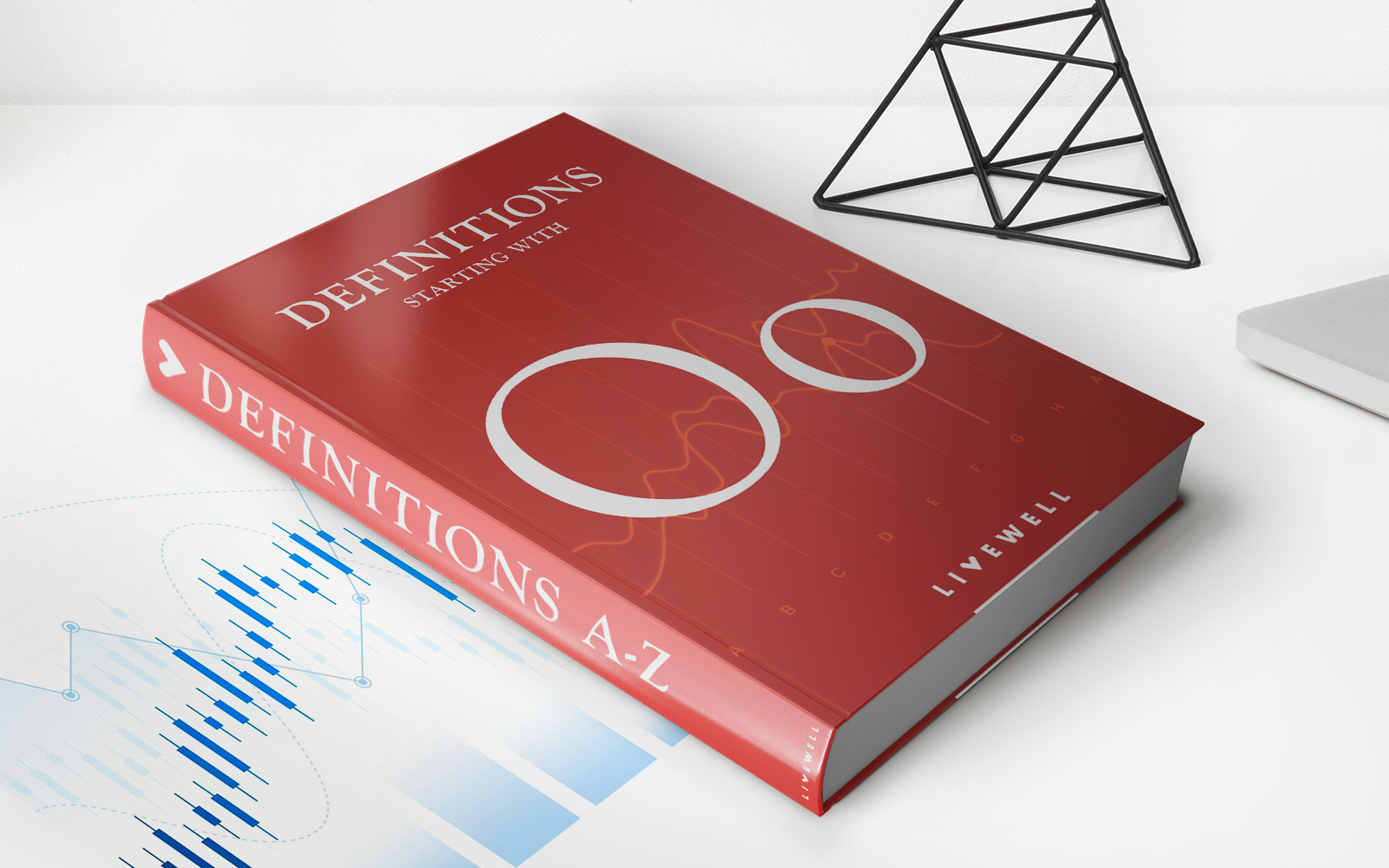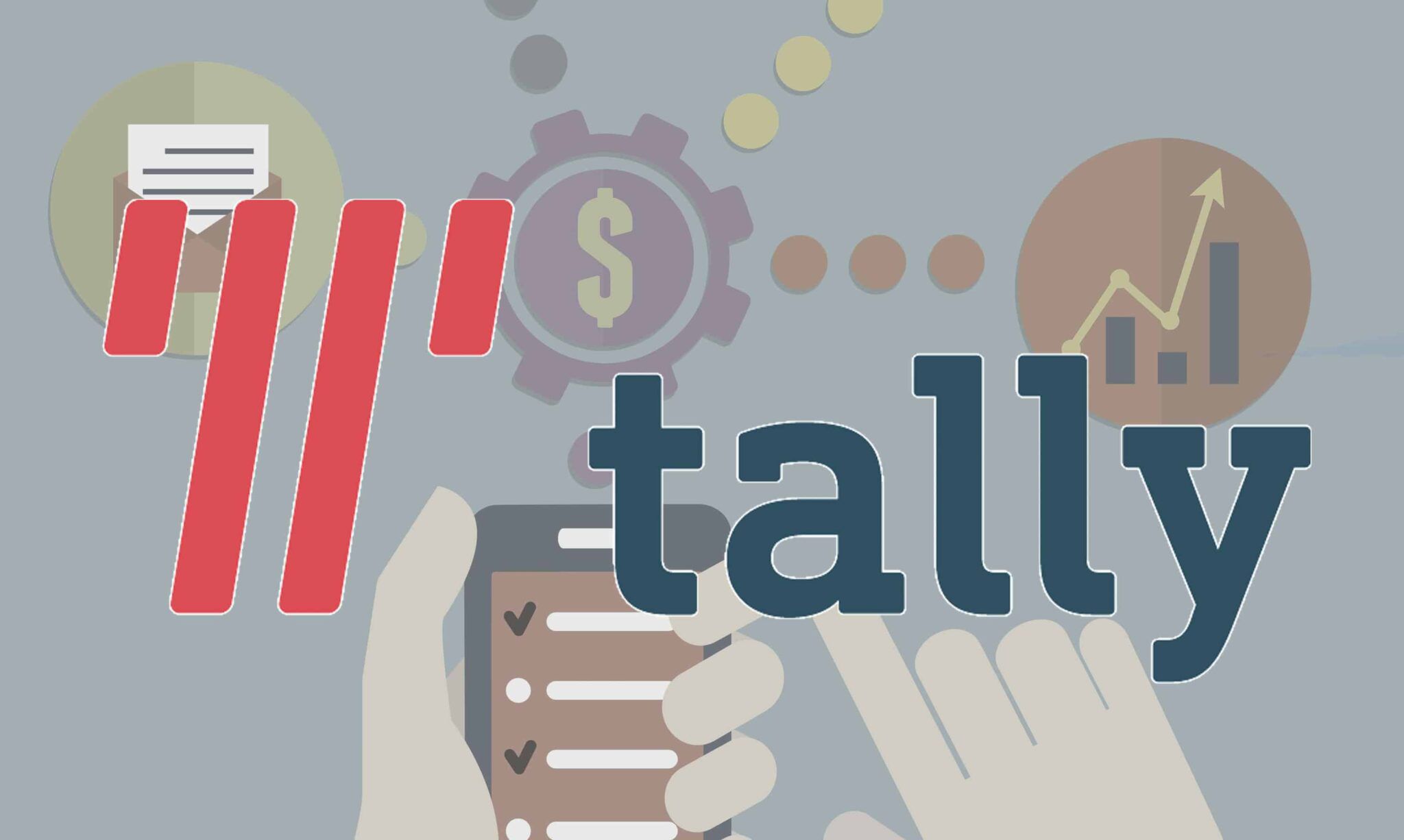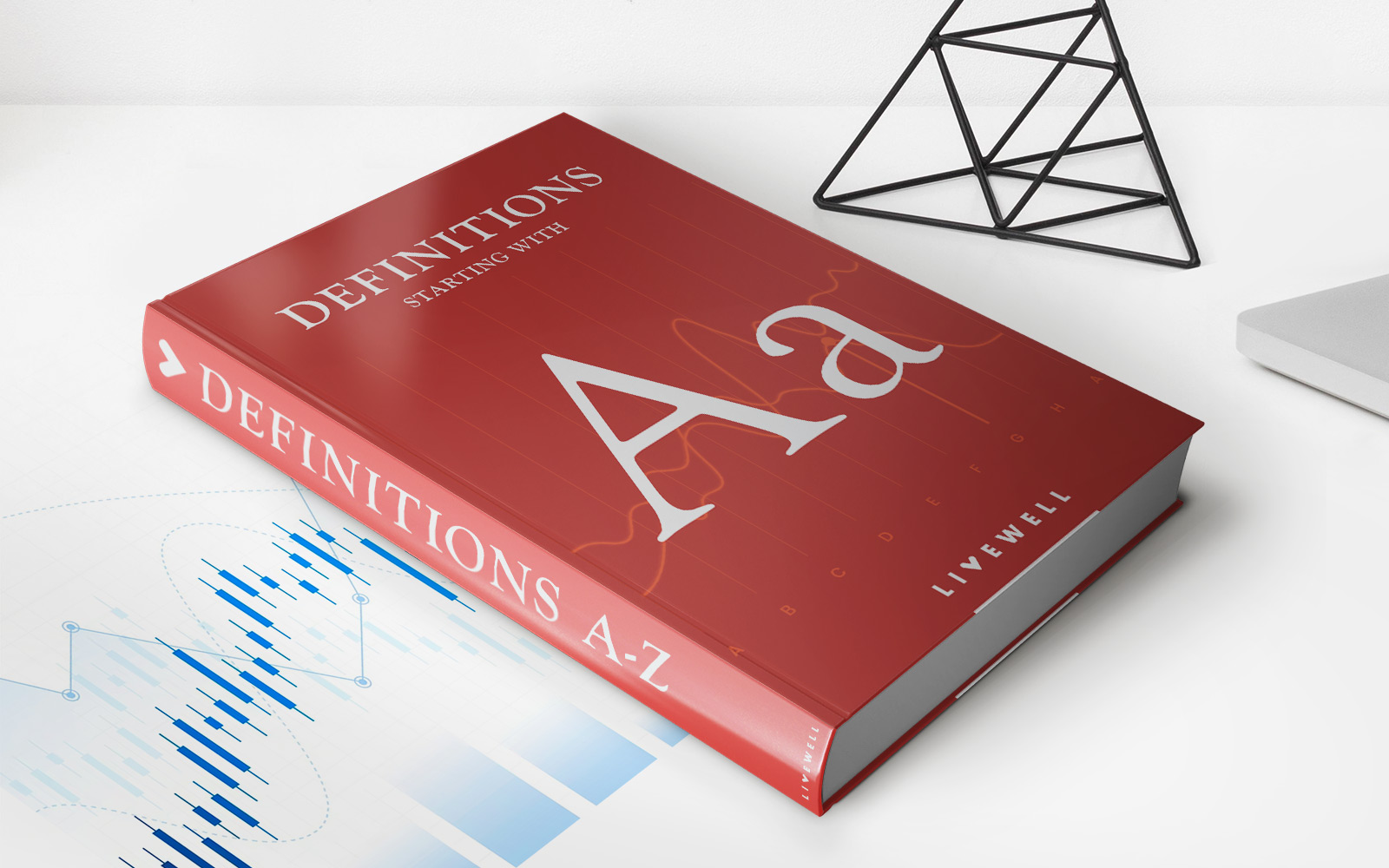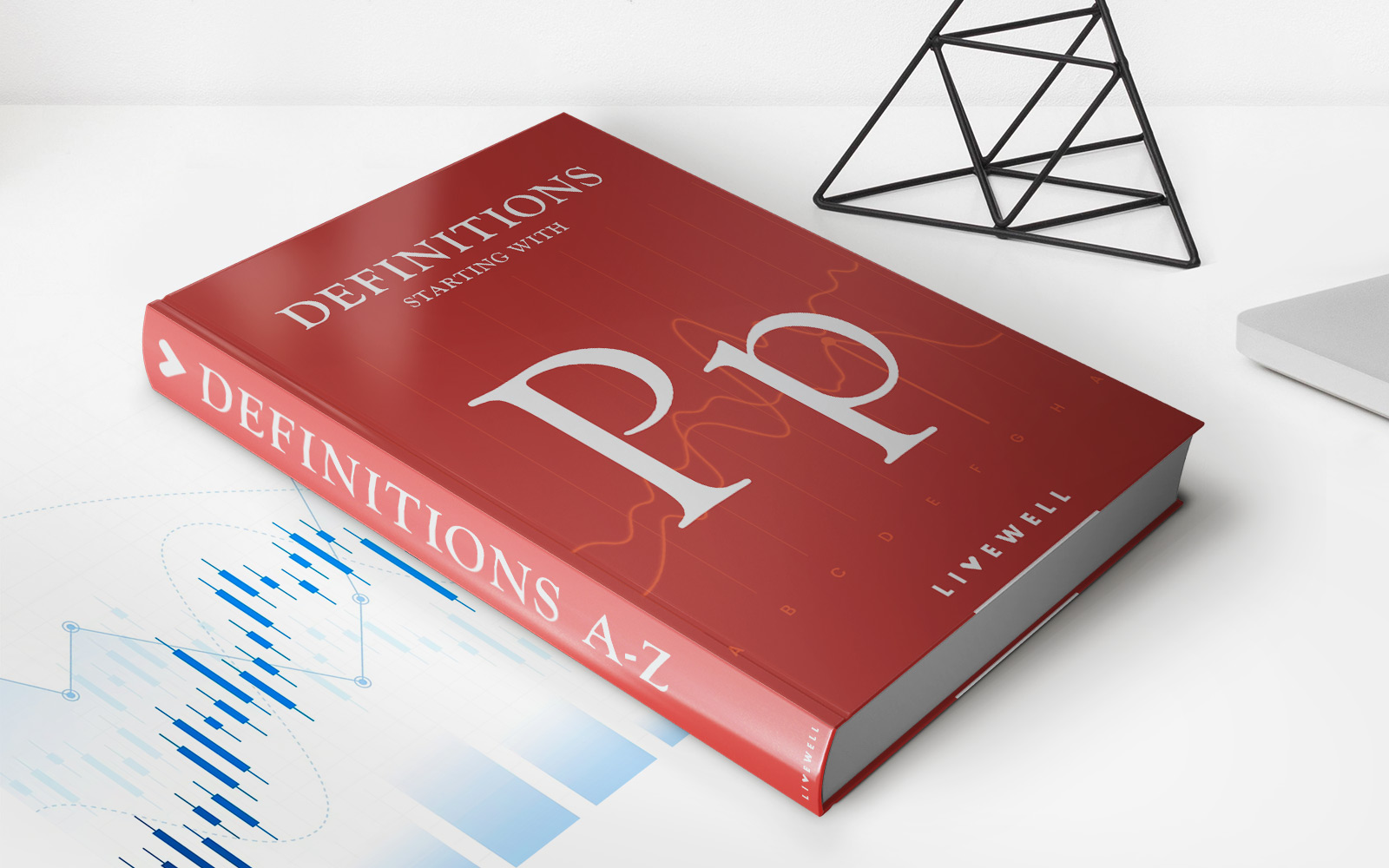Home>Finance>Trade Line: Definition, How It Works, And Included Records
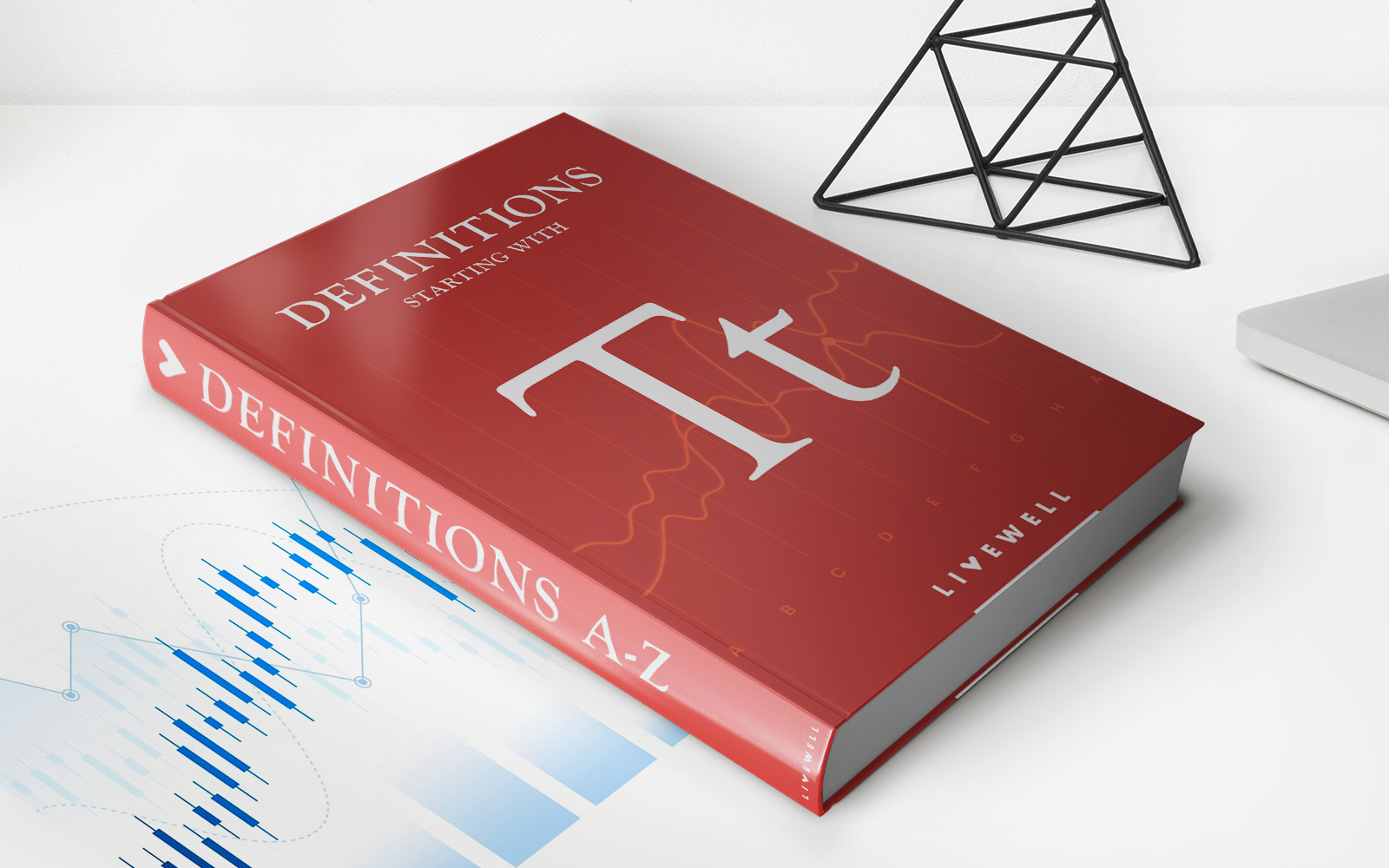

Finance
Trade Line: Definition, How It Works, And Included Records
Published: February 9, 2024
Learn about trade lines in finance, including the definition, how they work, and the types of records included. Find out how trade lines can impact your credit and financial health.
(Many of the links in this article redirect to a specific reviewed product. Your purchase of these products through affiliate links helps to generate commission for LiveWell, at no extra cost. Learn more)
Trade Line: Definition, How It Works, and Included Records
Welcome to our finance category! In this blog post, we will take a deep dive into the world of trade lines. If you’ve ever wondered what a trade line is, how it works, or what records are included, you’ve come to the right place. Whether you’re a finance enthusiast or simply curious about this aspect of the financial world, we’ve got you covered.
Key Takeaways:
- A trade line is a record of a credit account, typically maintained by credit bureaus.
- Trade lines play a significant role in determining an individual’s creditworthiness.
What is a Trade Line?
A trade line, in essence, is a record of credit activity associated with an individual or business. These records are typically maintained by credit bureaus and contain information such as accounts opened, balances owed, and payment history. Think of it as a detailed report card for your credit usage.
How Does a Trade Line Work?
Trade lines work by providing a comprehensive overview of an individual’s credit management. When you open a credit account, such as a credit card or a personal loan, it is considered an extension of credit. This credit account then becomes a trade line, and any activity associated with it is recorded. Each time you make a payment, exceed your credit limit, or close an account, these actions are noted in the trade line and can impact your credit score.
What Records Are Included in a Trade Line?
The records included in a trade line can vary, but they typically contain information such as:
- Account details: This includes the name of the creditor, the date the account was opened, and the type of account (credit card, installment loan, etc.).
- Payment history: This section provides details on when payments were made, whether they were made on time, and if any late payments were recorded.
- Account status: This reflects whether the account is open or closed, as well as the current balance and credit limit.
- Account activity: This includes any changes to the account, such as increases or decreases in credit limits, credit inquiries, or any negative actions taken.
It’s important to note that information in trade lines is regularly updated by credit bureaus, ensuring lenders and financial institutions have access to the most up-to-date information when assessing an individual’s creditworthiness.
Conclusion
Understanding trade lines is crucial in managing your credit effectively. By maintaining a positive payment history, keeping balances low, and avoiding late payments, you can improve and maintain a healthy credit score. So, the next time you come across the term “trade line,” you’ll have a clear understanding of what it entails and how it can impact your financial future.
